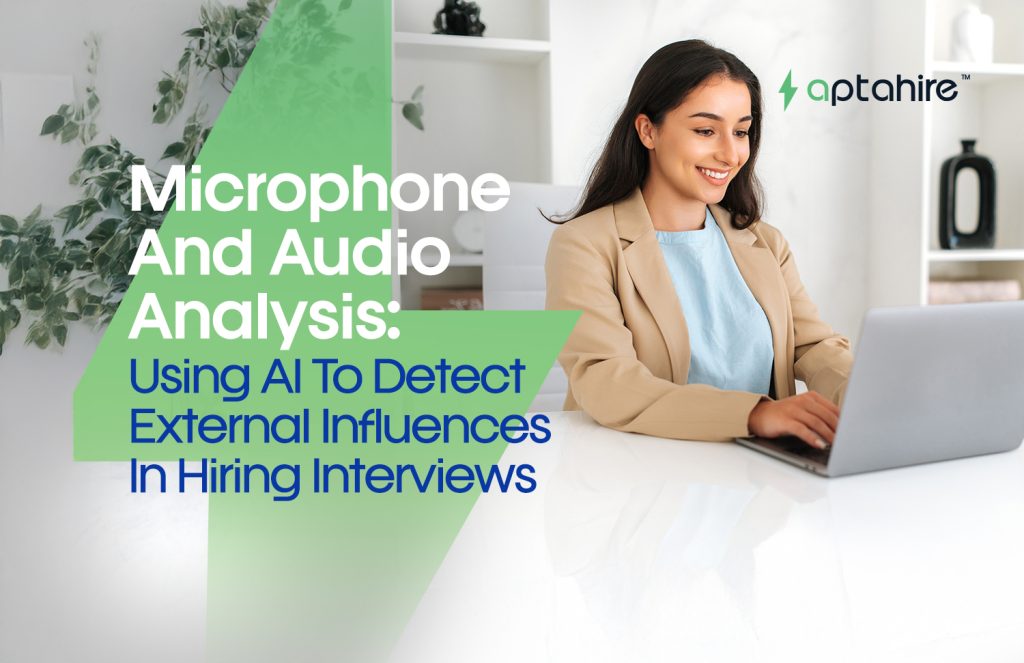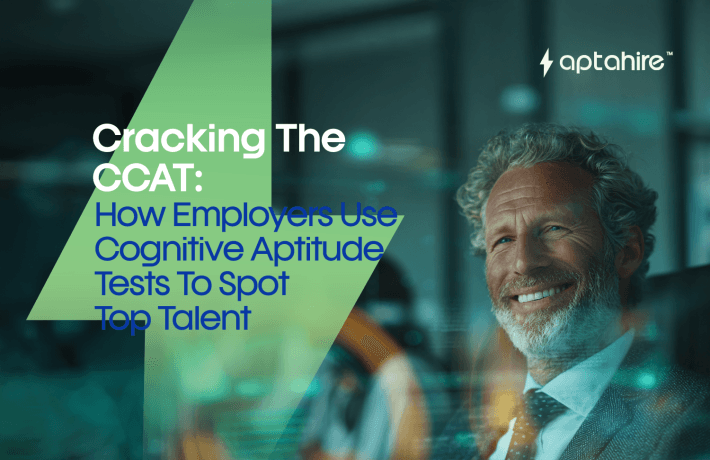Microphone and Audio Analysis: Using AI to Detect External Influences in Hiring Interviews

Let’s set the scene.
You’re in a Zoom interview. The candidate smiles, nods, and answers your tough question with perfect timing. Almost… too perfect.
You ask a follow-up, a curveball, and there’s a pause. They go mute for a moment, then unmute, clear their throat, and drop a textbook-perfect answer.
Coincidence? Maybe.
But what if, just maybe, someone’s whispering answers off-camera?
Welcome to the sneaky side of virtual hiring.
The New Face of Cheating in Interviews
Remote interviews have revolutionized hiring. No travel. More flexibility. Faster processes. But they’ve also opened up a digital can of worms: coached interviews, whispered prompts, external guidance, all from the comfort of the candidate’s living room.
You might never see it on camera. But guess what?
You can hear it.
And that’s where AI-powered microphone and audio analysis swoops in like your friendly neighborhood truth detective.
Audio is the New Lie Detector
Let’s not underestimate your candidate’s mic. It’s not just capturing their voice, it’s picking up:
- Soft whispers from a friend
- The gentle click-clack of someone Googling answers in the background
- Weird muting patterns during critical moments
- Delayed responses that scream, “Let me just check with my buddy”
This isn’t about being paranoid. It’s about being proactive. Because when hiring decisions impact teams, culture, and company direction, authenticity matters.
So… What Exactly Does AI Listen For?
Glad you asked. Let’s unpack the toolkit.
️ 1. Who’s Talking Here? (Speaker Diarization)
AI can distinguish voices. Literally.
If there’s more than one speaker, and you’re only supposed to be interviewing one person, something’s off. It’s like caller ID, but for sound waves.
2. Why the Long Pause?
If a candidate takes 8 seconds to answer a basic question, AI takes note. Not because pausing is wrong, but because AI learns what’s normal. If the same person answered quickly earlier, the sudden silence raises a virtual eyebrow.
3. Muting Madness
Mic gets muted. Mic comes back on.
Answer is suddenly brilliant.
If this happens repeatedly, especially before critical questions, AI tags it. Could be nothing… but could also be someone whispering the answer during that mute.
4. Background Noise: The Hidden Clues
You may not hear it, but AI can detect even faint background sounds. A second keyboard. Papers rustling. Muffled voices. The subtle ambient audio tells stories, and AI is fluent in listening between the lines.
5. Voice Patterns & Tonal Shifts
Imagine a candidate speaking in a consistent tone, then suddenly, one answer sounds like it came from a TED Talk. AI can detect tonal inconsistencies and flag if a different voice frequency suddenly enters the chat.
Real-Life Use Case: Let’s Talk Evidence
Say you just wrapped up 50 interviews. Reviewing them all? Not happening.
But with AI audio analysis, you get a suspicion scorecard.
- Candidate 14: 6 mute/unmute events within 20 seconds of each technical question.
- Candidate 27: Secondary voice detected during 3 answers.
- Candidate 36: Background typing sounds while responding to scenario-based queries.
You didn’t catch this in real time, but the AI did. It’s like having an honest co-pilot during every interview, quietly logging everything shady so you don’t have to.
More Than Just a Watchdog
Let’s be clear, this isn’t just about catching cheaters.
It’s about creating a level playing field.
When all candidates know that external help won’t go unnoticed, the entire interview process becomes more transparent, ethical, and fair.
And for you: the hiring manager, the recruiter, the founder, it builds trust that the people you bring on board earned their seat at the table, all by themselves.
What’s Coming Next? Predictive Audio Intelligence
We’re heading into sci-fi territory here. Soon, AI won’t just flag external help, it’ll predict it in real-time.
Imagine this:
As you’re interviewing, your dashboard lights up
“Unusual muting pattern detected. Possibility of external prompting: HIGH.”
Mic drop.
Final Thoughts: Trust, But Verify
Virtual interviews are here to stay. They’re efficient, scalable, and convenient. But without tools like AI-powered microphone and audio analysis, you might only be seeing half the picture.
Because the truth doesn’t always come from what’s visible on camera.
Sometimes, it’s hiding in the whispers, pauses, and silences.
So, the next time a candidate nails a tricky question a little too perfectly, ask yourself:
Was it them, or was someone else in the room?
With AI on your side, now you’ll know.
FAQs
1. How does AI use microphone and audio analysis during virtual interviews?
AI-powered platforms use real-time audio input from the candidate’s microphone to detect anomalies such as background voices, whispering, or unnatural pauses. This helps identify if someone else is present or assisting the candidate during the interview.
2. What kind of external influences can AI detect through audio analysis?
AI can flag signs of:
- Whispered coaching or someone feeding answers.
- Multiple voices in the background.
- Echoes or delayed speech indicating the candidate might be listening to instructions.
- Sudden muting/unmuting that doesn’t match the candidate’s natural speech rhythm.
3. Is microphone and audio monitoring during interviews a privacy concern?
Only if misused. Ethical AI systems operate with informed consent, clear data usage policies, and limited-time storage. Candidates are notified before the session starts, and the analysis is focused strictly on integrity, not surveillance.
4. Can AI differentiate between normal background noise and actual interference?
Yes. Advanced AI models are trained to distinguish between ambient sounds (like traffic or pets) and human voices speaking directly to the candidate. It can also measure sound direction, volume, and pattern to assess whether it’s a legitimate distraction or an integrity risk.
5. Will a candidate be penalized for innocent background noise?
No. The system doesn’t make hiring decisions. It simply flags potential concerns for the recruiter to review. Innocent noise (like a baby crying or a car horn) is contextually different from someone whispering interview answers.
6. How does this technology benefit recruiters?
AI audio analysis acts as a second pair of ears, providing recruiters with unbiased data about the interview environment. It helps ensure the assessment is based on authentic candidate responses, reducing the chances of manipulation or unfair advantage.



